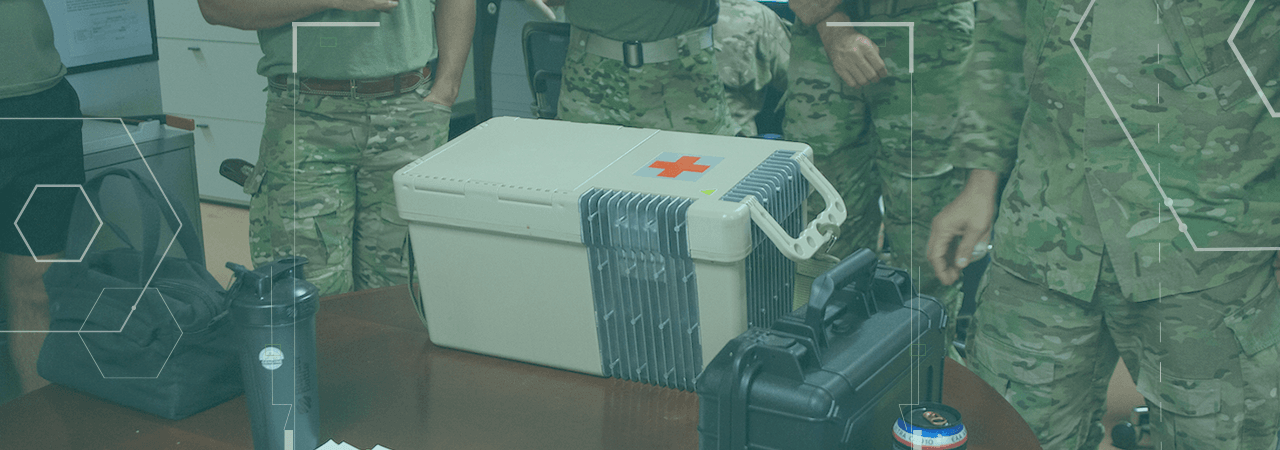To design the Autonomous Portable Refrigeration Unit, Delta Development chose Onshape, PTC’s Software-as-a-Service (SaaS) product development platform that combines robust CAD tools with real-time collaboration and data management.
As a small company with 13 employees, Delta places a high value on versatility. Most of the team’s five mechanical engineers are also proficient at either electrical or software engineering as well.
“Before we started using Onshape, we were also our own IT guys,” explains Delta Development chief engineer Bill Barg. “We were constantly running out of disk space or having one computer fail and dealing with issues about local installations of software and trying to keep up with the license file on some server. About 20 percent of our time was just dealing with administrative issues, you know?”
“Now it's such a liberation to not ever have to worry about what's on our server because it's all on Onshape's servers. Not having to worry about IT overhead has been a huge time-saver for us,” he adds.
Onshape’s real-time collaboration tools allow multiple engineers to work simultaneously on the same 3D CAD model in the cloud. Whenever one team member makes a design change, everyone else on the team instantly sees it. A comprehensive Edit History tracks who made what change and when, allowing teams to instantly revert back to any prior stage of the design.
“Whenever I describe Onshape to anybody, I always say, ‘It's like the Google Docs of CAD,’ and they're instantly like, ‘Oh, that makes so much sense. Why haven't they (the CAD industry) done that already?’" says Futch.
“Being able to collaborate in a browser just makes CAD extremely more useful for a distributed team like ourselves. I previously spent 30 years doing it the old way and I’m very glad we decided to change our approach,” says Barg, who has used a number of file-based, on-premise CAD systems in his career.
Although its core design team is based in Arizona, Delta Development has an electrical engineer based in Montana and frequently partners with an injection molding company in Detroit.
“The ability to do mechanical design reviews remotely has been critical for us,” adds Futch. “When the COVID-19 pandemic forced us to work at home, we were able to continue as normal with our design process.”
Improving Life-Saving Equipment for Civilians
 04.04.2025What’s New: AI Advisor, Sketch Constraint Manager, Match Scene Properties in Render StudioLEARN MORE
04.04.2025What’s New: AI Advisor, Sketch Constraint Manager, Match Scene Properties in Render StudioLEARN MORE 04.04.2025What’s New: AI Advisor, Sketch Constraint Manager, Match Scene Properties in Render StudioLEARN MORE
04.04.2025What’s New: AI Advisor, Sketch Constraint Manager, Match Scene Properties in Render StudioLEARN MORE















